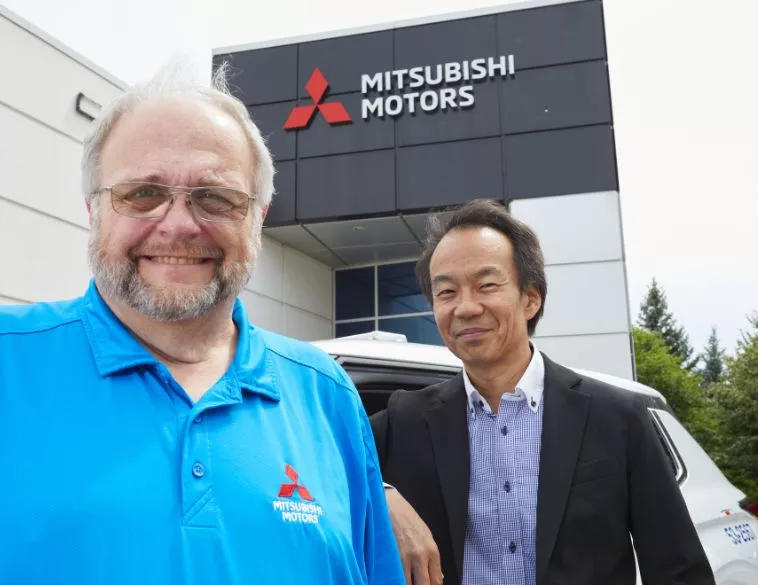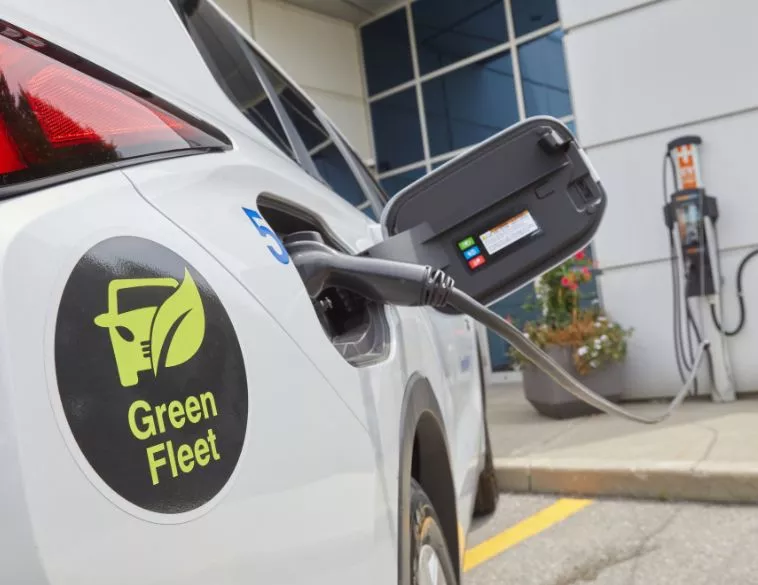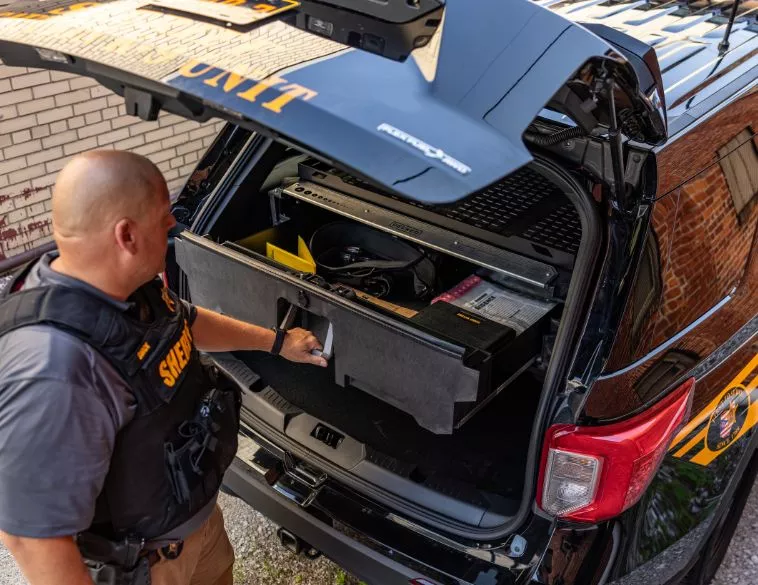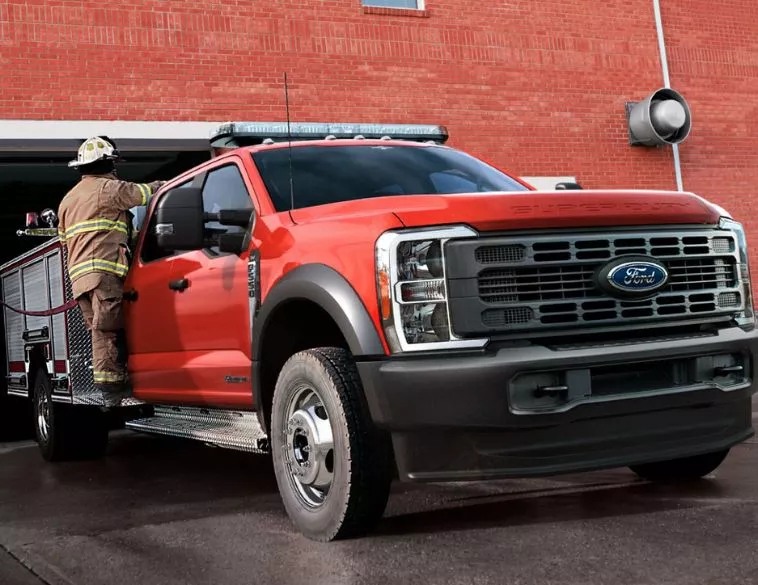Fleet First
Mitsubishi’s new President and CEO has made fleet customers a priority here in Canada.

Mitsubishi Motor Sales of Canada (MMSCAN) has been making headlines this year with an announcement about major updates to their vehicle lineup, the addition of an all-new BEV for the 2027 model year, and with news about the company’s goals to focus on their fleet portfolio.
“All customers are important for Mitsubishi Motors in Canada,” explains Kenichi Kawaji, the new President and CEO of MMSCAN, “but developing our fleet portfolio is very important because it opens up a new side of the market for us. This is why I’m making it a priority. We also find that drivers and operators of these fleet vehicles sometimes consider our brand because of their positive experience at work. So fleet sales can also help our retail sales.”
Besides a significantly refreshed product offering, and an all-new battery electric vehicle, Kawaji says that fleet customers can expect top-notch service from the brand, as well as ample stock to fulfil all orders.
“I can say for certain that fleet clients can expect continued great service,” Kawaji adds. “We have more inventory and storage space, allowing us to fulfil even the largest fleet orders.”
Kawaji also has plans to win over fleet customers from other brands. “My hope is that commercial fleet operators who may not have considered us in the past, will consider Mitsubishi Motors’ SUVs for their selector lists,” he says. “Our wide range of vehicle sizes, trim options and prices, combined with our proven value, reliability and warranty, make for a strong fleet sales option.”
2026 Outlander PHEV
MMSCAN recently announced exciting changes and upgrades to their 2026 model year lineup, with a focus on powertrain technologies, electric driving range, and design features.
The upgrades, according to MMSCAN, were not made on a whim. Rather, they were made, “in response to feedback from customers, dealers and the automotive media.”
For starters, the 2026 Outlander PHEV, which is expected to debut in Q1 of 2026, gets a redesigned interior, including significant improvement to sound-deadening, which makes for a more inviting and tranquil passenger cabin.
Other upgrades include new materials, new colours, heated and ventilated front seats, a redesigned centre console with larger-capacity armrest storage, new cupholders and redesigned phone charger storage. Standard equipment includes a Dynamic Sound Yamaha audio system with a 12.3-inch infotainment display screen.
The 2026 Outlander PHEV also gets a revised grille, redesigned front and rear bumpers, new 18- and 20-inch wheels and other upgrades, along with a larger-capacity battery that increases its all-electric driving range.
Mitsubishi Motors engineers modified the tire specifications and tuned the suspension, resulting in improved steering and ride quality, which in turn results in a more confident and assured driving feel.
2026 Outlander
Available in Q4 of 2025, the Outlander benefits from a new and improved mild hybrid powertrain, engineered to boost performance and efficiency. The new 1.5-litre turbocharged, four-cylinder gasoline engine delivers more torque and better off-the-line acceleration than the outgoing 2.5-litre engine.
2026 Eclipse Cross & RVR
Available now, the 2026 Eclipse Cross gets a few trim-level updates and tweaks. For example, the GT trim now includes remote engine start, instead of embedded navigation (a change that is meant to give drivers more practical convenience). Mitsubishi Motors’ Super All-Wheel Control (S-AWC) system continues to be standard equipment on all trims.
On sale in Q4 of 2025, the 2026 RVR is positioned to be the brand’s top-value choice in the subcompact SUV segment. All-Wheel Control (AWC) remains standard on all trims except the entry-level ES FWD, and Mitsubishi is tweaking some of the features available with each trim.
All-new battery electric vehicle
The big news is that Mitsubishi will be offering an all-new battery electric vehicle (BEV) in the United States and Canada starting around the middle of 2026 as a 2027 model. For now, Mitsubishi is keeping the lid on all the details, including the name of the new vehicle. However, in a recent news release, they shared a few key facts.
For starters, they’re planning to bring this new BEV to market in partnership with Nissan Motor Co. They also revealed that it will be based on the next-generation Nissan LEAF.
“We believe Canadians today want a mix of powertrain options,” Kawaji said. “Adding a battery electric vehicle to our lineup will deliver a blend of internal combustion engines, plug-in hybrids and battery electric vehicles, so that our customers have the choice of technology that best suits their needs.”
According to MMSCAN, the addition of a BEV to their lineup is, “the next step in the brand’s march toward our North American business plan, dubbed Momentum 2030,” which includes key electrification goals. This is good news for fleets with well-defined ESG (Environmental, Social, and Governance) targets, and a fleet selector that’s focused on greener energy and electrification.
GTAA greens their fleet
One of these greener fleets is managed by Jonathan Stuart, Manager Fleet System with the Greater Toronto Airports Authority (GTAA). “We’re making an effort to green our fleet, and reach our GHG reduction targets,” says Stuart. “So earlier this year we added 15 Outlander PHEV vehicles to our fleet.”
Stuart calls the addition of Outlander PHEVs to the fleet a, “stepping stone,” towards their overall goal. “It was a good fit for key applications around the airport,” he adds.
Currently, the GTAA has a number of vehicles in their fleet that will help them with their net-zero goals, including BEVs and hydrogen-powered vehicles. With a 61 km electric-only range, the new Outlander PHEVs are a good fit and a great addition to the GTAA’s fleet.
“We will be using them for enforcement applications with our public safety officers, we have managers of operations using them, and we’ve added them to our shared pool of vehicles, which are used by GTAA employees,” says Stuart.
He notes that the Outlander PHEVs operate in EV mode, most of the time. “Plus, there’s idling based on ancillary equipment needs in some of our vehicles, which is why we’re making a conscious decision to move towards greener technologies,” Stuart adds.
Dealer training
With a renewed focus on fleet customers, Mitsubishi is planning to bring their franchised dealers up-to-speed with the skills they’ll need in order to realize Kawaji’s vision for the company. “We’ve embarked on a training program with our dealers,” explains Luc Grenier, Fleet/VIP Manager, MMSCAN. “Our goal is for them to understand how commercial fleets operate, and how we can help these customers succeed.”
According to Grenier, dealers are learning about the key differences between retail and fleet customers, and how to work with the latter. “Our goal is to help our dealers develop their fleet business,” he says. “That’s important, because fleet is the side of the market that is often overlooked by Japanese manufactures, and we want to change that.”
Mitsubishi vehicles are already very popular with many fleets, Grenier says, including a number of police forces in Canada, as well as the Canada Border Services Agency and the Canadian Department of National Defence.
At the national level, Grenier says that MMSCAN has already hired extra staff to help grow the fleet side of the business. “We’re serious about developing the fleet business here in Canada,” he adds. “Our vehicles offer value, they’re ideal for fleets with ESG goals, and we back them with the best warranty in the industry. It’s a winning proposition for Canadian fleets.”







